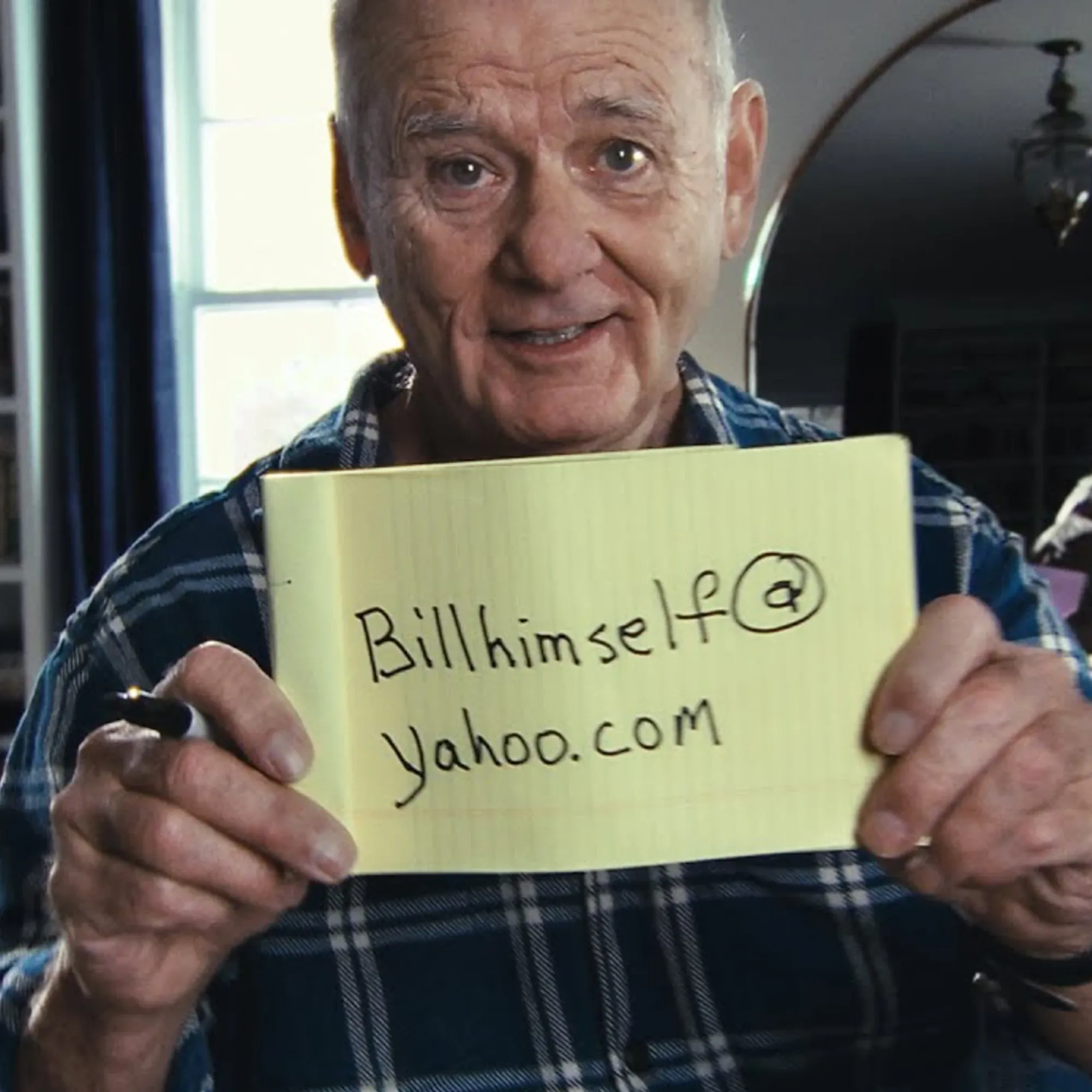Yahoo returns to Super Bowl advertising after 22-year hiatus
Yahoo launches first major TV campaign since 2002 with Bill Murray Super Bowl ad, marking renewed focus on consumer outreach.

In a significant shift in marketing strategy announced on February 10, 2025, Yahoo aired its first television commercial during the Super Bowl since 2002, featuring actor Bill Murray in an interactive campaign centered around email engagement.
According to Yahoo's chief communications officer Sona Iliffe-Moon, the advertisement marks a strategic return to consumer marketing as the technology company approaches its 30th anniversary in March. The 15-second spot, which aired in the top 20 local markets during the game, directed viewers to email Murray at a dedicated Yahoo Mail address.
The campaign demonstrated substantial initial engagement metrics. According to Yahoo's internal data, the billhimself@yahoo.com address received approximately 150,000 email responses within the first two hours following the advertisement's broadcast. The company implemented a multi-platform approach, incorporating a live "BillCam" streaming feature on Yahoo.com and Yahoo Sports platforms where Murray responded to fan communications in real-time.
Jim Lanzone, Chief Executive Officer at Yahoo, detailed the campaign's development process on LinkedIn. "Back in 2002, that meant a talking dolphin that's still an all-time favorite. Today, the bar to break through is much higher, so there was only one person to call: Bill Murray," Lanzone stated.
The advertisement's performance metrics indicate significant reach across digital platforms. The spot ranked as the fourth most-watched Super Bowl advertisement on YouTube during game day and achieved the seventh position in YouTube's trending videos the following day.
The campaign's creative development involved collaboration between Murray, his brother Brian Doyle-Murray, their partner Mitch Glazer, and advertising agency American Haiku. The initiative represents Yahoo's first major consumer-facing campaign since its acquisition by private equity firm Apollo in 2021.
The company's return to major advertising coincides with substantial product development efforts. Over the past four years, Yahoo has concentrated on implementing improvements across its core services, including mail, news, sports, and finance divisions. This technical foundation preceded the current marketing initiative.
Current usage statistics demonstrate Yahoo's continued significant market presence. The platform maintains extensive reach, with nearly 90% of the U.S. internet population accessing Yahoo services monthly, according to company data.
The advertisement's structure departed from traditional Super Bowl commercial formats. Rather than focusing solely on broadcast reach, the campaign integrated multiple technological touchpoints, including email interaction, live streaming response capabilities, and social media engagement through partnerships with digital content creators including Dude With Sign and FJerry.
This marketing initiative arrives as Yahoo positions itself within a complex technological landscape. The company aims to establish a distinct identity as a user-oriented internet services provider at a time when larger technology companies face increased public scrutiny.
The strategic timing of the campaign aligns with Yahoo's upcoming 30th anniversary, representing a deliberate effort to reestablish brand visibility while highlighting the company's longstanding presence in the digital services sector. The focus on email functionality through the Murray campaign emphasizes Yahoo's continued investment in core communication services.
Through this integrated campaign approach, Yahoo demonstrates an evolution in Super Bowl advertising strategy, moving beyond traditional broadcast-only models to incorporate direct user engagement mechanisms and multi-platform content distribution methods.

